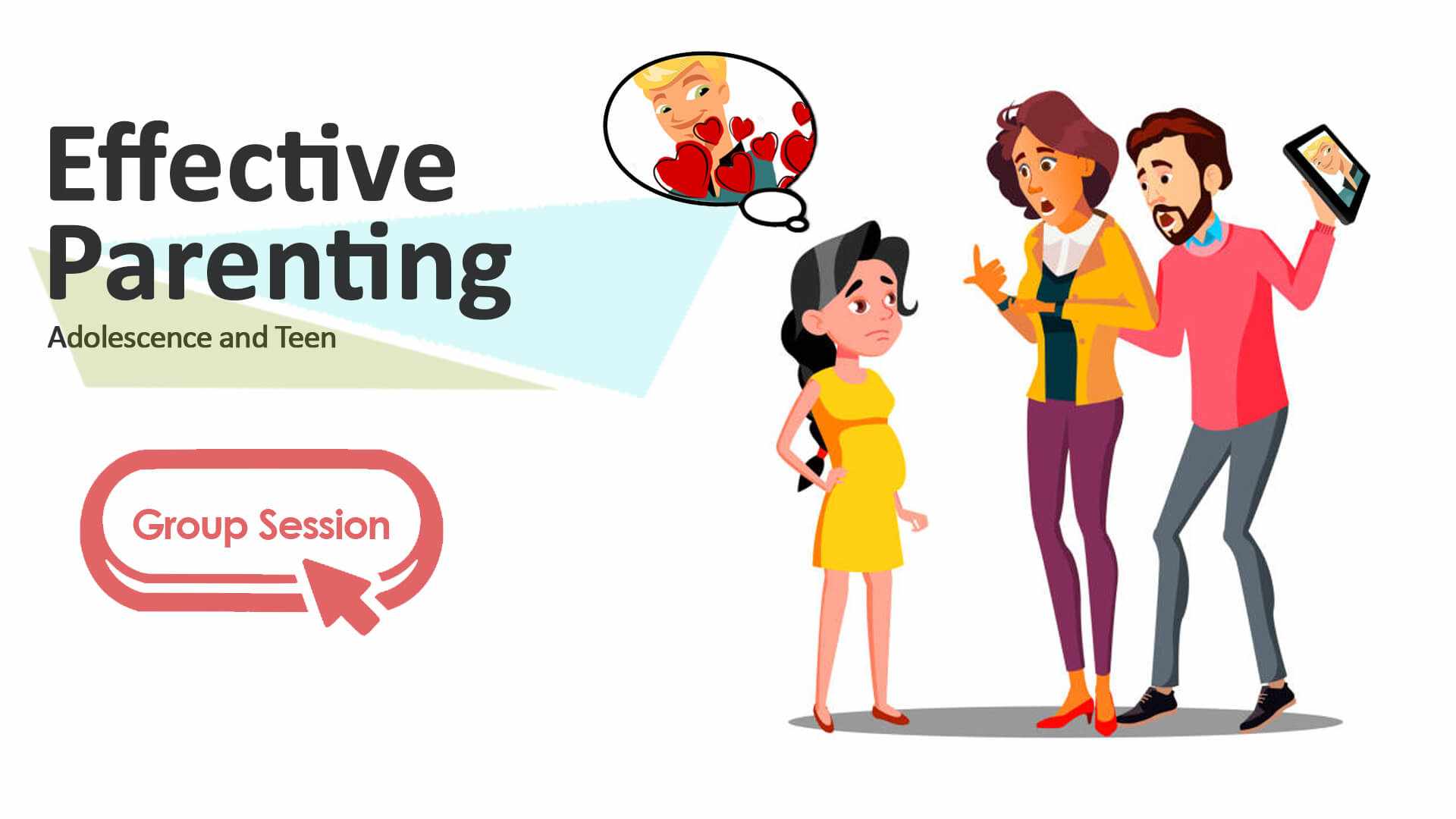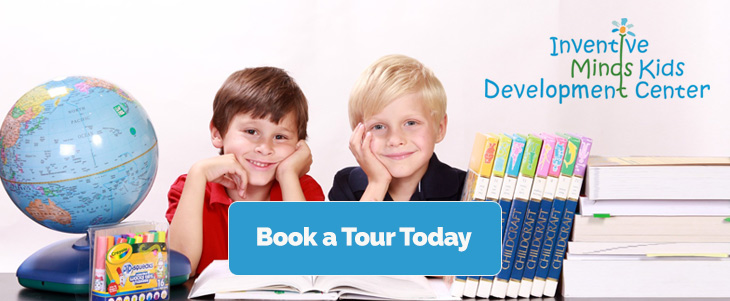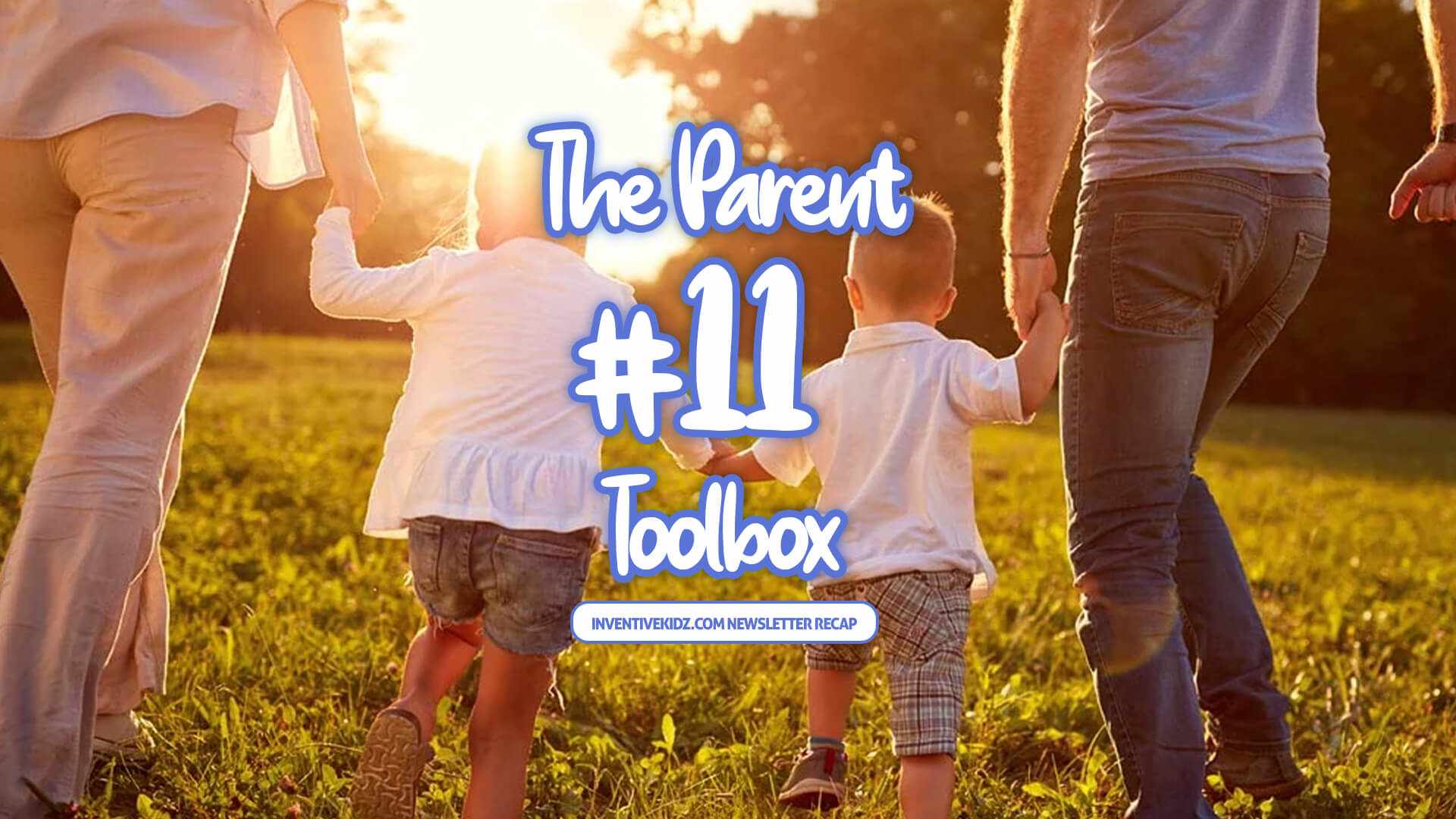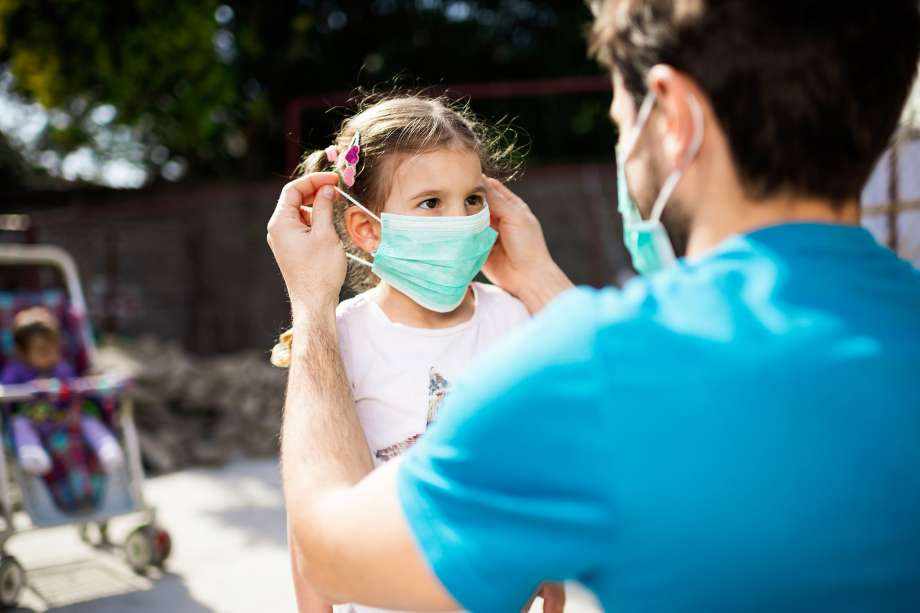Empowering Global Learners: Why the IB Matters in Today’s World


Empowering Global Learners: Why the IB Matters in Today’s World
 By Inventive Minds Kidz Academy
By Inventive Minds Kidz Academy
 Added Thu, Sep 04 2025
Added Thu, Sep 04 2025
 By Inventive Minds Kidz Academy
By Inventive Minds Kidz Academy
Added Thu, Sep 04 2025
Hey, Thanks For Subscribing!
Please check for a confirmation message and ensure you add us to a safe email list.
If you don't see a message in the next five minutes, check your spam or junk folders and mark our emails safe for next time.
See you soon!
Duplicate Email Found!
Well this is embarrassing... It looks like is already registered.
We have just sent an email to that address with a link to manage the subscription with us. If you don't see a message in the next five minutes, check the spam or junk folders, it's definitely there.
See you soon!
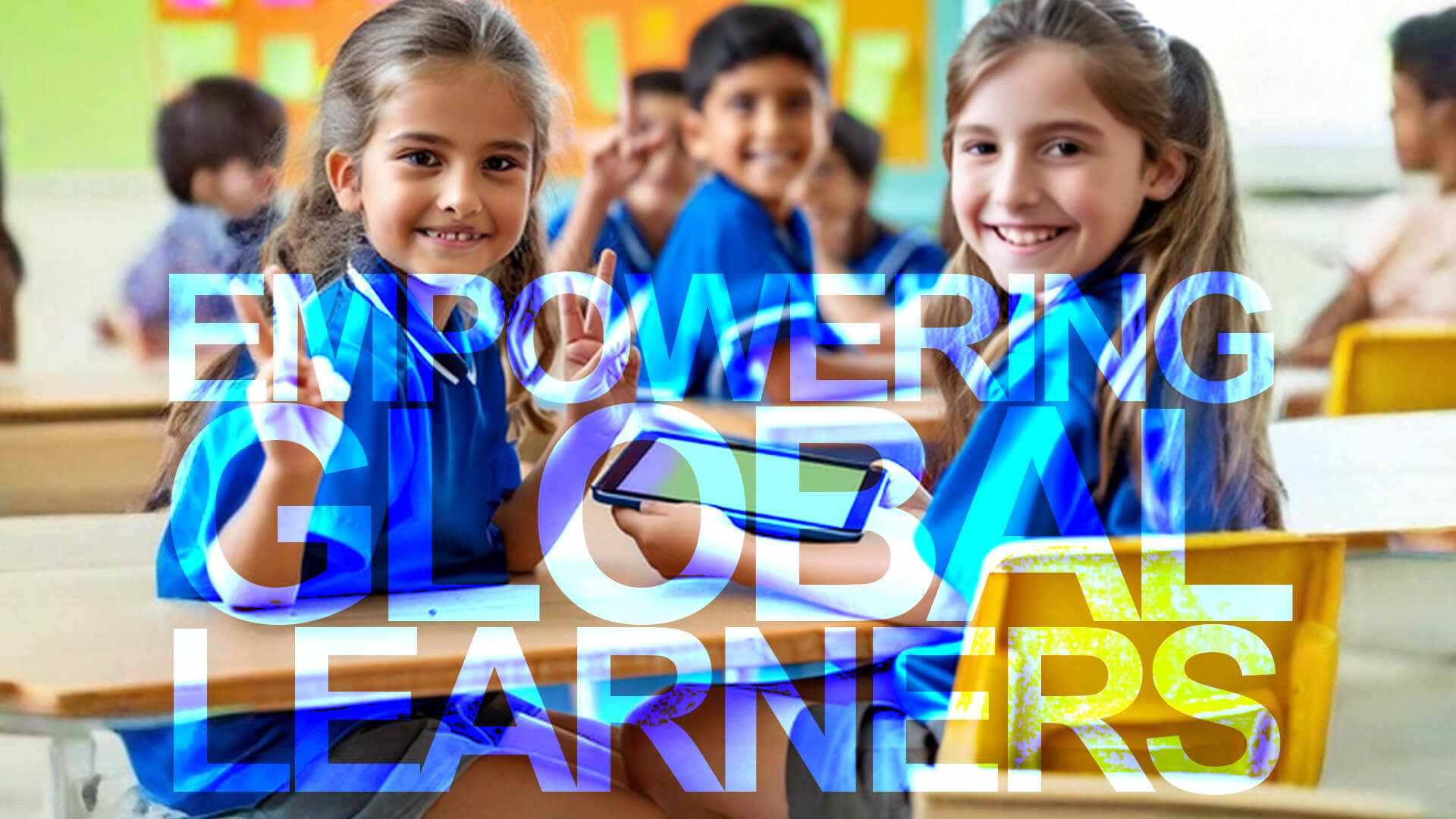
What does it really mean to prepare a child for the future?
Our world is changing fast. Technology is doing things people never imagined before. Countries, cultures, and communities are more connected than ever. I think it’s clear for educators that just getting good grades isn't enough anymore for measuring students’ learning.
We don’t just want our kids to be book-smart—we want them to learn how to be curious, kind, and open to new ideas. We want them asking questions, thinking things through, and actually caring about people.
And let’s be real—we don’t want them to be afraid of tech or AI. The world’s changing fast, and we shouldn’t hold them back. Let them explore it, connect with it, and be ready for whatever’s coming next. That’s where the International Baccalaureate, or IB, comes in.
IB isn’t just a school program. It’s a way of thinking. It helps students become thoughtful inquirers and thinkers who want to understand the world and actually make a difference.
Today we’ll explore how the IB helps children:
- learn with purpose,
- think for themselves,
- and grow into lifelong learners.
You’ll also see why more and more schools, colleges, and universities around the world are recognizing the IB as something truly powerful—because it prepares students not just for exams, but for life.
What Is the IB?
The IB (International Baccalaureate) began in 1968 in Switzerland. It was originally created for children who moved across countries so they could still receive a consistent and high-quality education. Today, it has grown into a global program, used in more than 10,000 schools across 150+ countries.
The goal of the IB is clear:
To help children grow into curious, intelligent, and compassionate individuals who can make the world a better place.
This isn’t just a mission statement—IB schools actively teach children to ask questions, think critically, and care deeply about others. Student learning is measured not only through standardized tests, but also through formative and summative ongoing assessments that reflect real understanding.
The Four IB Programmes: A Continuum of Deep Learning
The IB offers four programs tailored to different age groups:
-
PYP (Primary Years Programme): Ages 3–12
-
MYP (Middle Years Programme): Ages 11–16
-
DP (Diploma Programme): Ages 16–19
-
CP (Career-related Programme): Ages 16–19, with a focus on applied skills
Each program helps children:
-
Explore big ideas that connect across subjects,
-
Ask thoughtful questions, and
-
Develop strong values through the IB Learner Profile (kindness, honesty, open-mindedness, and more).
Because the programs are interconnected, students grow up able to adapt, think independently, and apply learning to both real-world situations and global perspectives.
IB Accreditation and University Recognition
For a school to become an IB World School, it must undergo a rigorous accreditation process to ensure consistently high teaching standards.
As a result, IB graduates are highly respected by top universities worldwide.
-
A 2021 study showed that IB Diploma students are more likely to be admitted to elite universities—including Ivy League schools.
-
IB students also excel at research, writing, and critical thinking, which prepares them for success in higher education.
In countries such as Canada, the UK, the US, and Australia, many universities:
-
Grant advanced placement or allow students to skip some first-year courses,
-
Offer scholarships or early acceptance based on IB results, and
-
Recognize IB’s Extended Essay and Theory of Knowledge projects as excellent preparation for academic research.
The IB’s Key Pillars
1. International-Mindedness
IB education goes beyond memorizing facts. Students learn how to:
-
Understand perspectives different from their own,
-
Think critically about fairness and justice, and
-
Work with others to solve real-world problems.
For example, students might study why some countries lack access to clean water—or design projects to reduce plastic waste.
IB learners often ask themselves: “Why does this matter—and what can I do to help?”
2. Inquiry-Based Learning
In IB classrooms, teachers don’t just lecture. They guide students through exploration and discovery.
Instead of only memorizing information, students might:
-
Interview community members,
-
Conduct science experiments on environmental impact, or
-
Create digital stories to demonstrate history learning.
This approach makes learning deeper, longer-lasting, and more meaningful.
3. The IB Learner Profile
The IB Learner Profile describes the type of person every child is encouraged to become:
-
Inquirer
-
Thinker
-
Communicator
-
Risk-taker
-
Knowledgeable
-
Caring
-
Principled
-
Open-minded
-
Balanced
-
Reflective
These values are embedded into every subject—math, science, art, music, and physical education—helping nurture the whole child.
Critical Thinking: Beyond Academics
The modern world is full of competing opinions and complex problems. IB prepares students to:
-
Ask thoughtful questions,
-
Analyze issues from multiple perspectives,
-
Make fair, informed decisions, and
-
Accept that some questions have no single answer.
For instance, when debating whether to build in a rainforest, students consider environmental, social, and economic impacts. This builds independent thinkers ready for both academic and real-world challenges.
Deep Learning & Lifelong Learning
Research shows children remember best when learning connects to their own experiences and emotions. IB embraces this by:
-
Repeating big ideas in new ways as students grow,
-
Encouraging reflection on how they learn best, and
-
Framing lessons with open questions that lead to real-life action.
This fosters not just knowledge, but curiosity and a lifelong love of learning.
Teaching Global Citizenship
IB doesn’t stop at academics. It encourages children to engage with real-world issues such as:
-
Access to clean water,
-
Climate change,
-
Human rights, and
-
Environmental sustainability.
A PYP student might track family plastic use, while a DP student could design a community service project. In both cases, IB builds leaders who care about the world.
Comparing IB to Other Educational Models
IB vs Ontario Curriculum
| Ontario Curriculum | IB PYP |
|---|---|
| Outcome-driven | Concept-driven |
| Subject-specific | Transdisciplinary |
| National focus | Global focus |
| Standardized tests | Varied, formative assessments |
| Content mastery | Thinking + skills + action |
For example, instead of memorizing math formulas for a test, IB students explore why math helps model patterns in the world.
IB vs Montessori
Montessori emphasizes independence, sensory learning, and self-paced progress. It was originally designed for children with special learning needs and works well for structured, calm environments.
However, Montessori often emphasizes individual work. By contrast, IB balances independence with collaboration, inquiry, and global engagement. Unlike Montessori, IB extends through high school, preparing learners for higher education and beyond.
Both approaches are valuable, but IB offers greater integration of global perspectives, inquiry-driven projects, and lifelong skills.
Why Choose IB Now?
The world faces challenges like climate change, misinformation, and rapidly advancing technology. Success requires children who can think critically, adapt to change, and lead with empathy.
The IB prepares students not only for exams—but for life itself.
Final Thoughts from a PYP Coordinator
As an educator who has worked in both IB and non-IB schools, I can confidently say:
IB is the most forward-thinking and child-centered approach to education I’ve seen.
It challenges us to move beyond simply delivering content and instead focus on raising children who are curious, compassionate, and courageous.
For parents, this means considering how your child might thrive in a program that values voice, choice, and global vision.
For educators and school leaders, it means asking: How can we bring this model into our classrooms and communities?
References
-
International Baccalaureate Organization. (2023). What is an IB education? ibo.org
-
Peterson, A. D. C. (2003). Schools Across Frontiers: The Story of the International Baccalaureate and the United World Colleges.
-
Shahab Maboud (2024). IB Learner Profile Summary. Workshop Presentation.
-
University Admissions Officers Reports (2021–2023), IBO Research Department
What does it really mean to prepare a child for the future?
Our world is changing fast. Technology is doing things people never imagined before. Countries, cultures, and communities are more connected than ever. I think it’s clear for educators that just getting good grades isn't enough anymore for measuring students’ learning.
We don’t just want our kids to be book-smart—we want them to learn how to be curious, kind, and open to new ideas. We want them asking questions, thinking things through, and actually caring about people.
And let’s be real—we don’t want them to be afraid of tech or AI. The world’s changing fast, and we shouldn’t hold them back. Let them explore it, connect with it, and be ready for whatever’s coming next. That’s where the International Baccalaureate, or IB, comes in.
IB isn’t just a school program. It’s a way of thinking. It helps students become thoughtful inquirers and thinkers who want to understand the world and actually make a difference.
Today we’ll explore how the IB helps children:
- learn with purpose,
- think for themselves,
- and grow into lifelong learners.
You’ll also see why more and more schools, colleges, and universities around the world are recognizing the IB as something truly powerful—because it prepares students not just for exams, but for life.
What Is the IB?
The IB (International Baccalaureate) began in 1968 in Switzerland. It was originally created for children who moved across countries so they could still receive a consistent and high-quality education. Today, it has grown into a global program, used in more than 10,000 schools across 150+ countries.
The goal of the IB is clear:
To help children grow into curious, intelligent, and compassionate individuals who can make the world a better place.
This isn’t just a mission statement—IB schools actively teach children to ask questions, think critically, and care deeply about others. Student learning is measured not only through standardized tests, but also through formative and summative ongoing assessments that reflect real understanding.
The Four IB Programmes: A Continuum of Deep Learning
The IB offers four programs tailored to different age groups:
-
PYP (Primary Years Programme): Ages 3–12
-
MYP (Middle Years Programme): Ages 11–16
-
DP (Diploma Programme): Ages 16–19
-
CP (Career-related Programme): Ages 16–19, with a focus on applied skills
Each program helps children:
-
Explore big ideas that connect across subjects,
-
Ask thoughtful questions, and
-
Develop strong values through the IB Learner Profile (kindness, honesty, open-mindedness, and more).
Because the programs are interconnected, students grow up able to adapt, think independently, and apply learning to both real-world situations and global perspectives.
IB Accreditation and University Recognition
For a school to become an IB World School, it must undergo a rigorous accreditation process to ensure consistently high teaching standards.
As a result, IB graduates are highly respected by top universities worldwide.
-
A 2021 study showed that IB Diploma students are more likely to be admitted to elite universities—including Ivy League schools.
-
IB students also excel at research, writing, and critical thinking, which prepares them for success in higher education.
In countries such as Canada, the UK, the US, and Australia, many universities:
-
Grant advanced placement or allow students to skip some first-year courses,
-
Offer scholarships or early acceptance based on IB results, and
-
Recognize IB’s Extended Essay and Theory of Knowledge projects as excellent preparation for academic research.
The IB’s Key Pillars
1. International-Mindedness
IB education goes beyond memorizing facts. Students learn how to:
-
Understand perspectives different from their own,
-
Think critically about fairness and justice, and
-
Work with others to solve real-world problems.
For example, students might study why some countries lack access to clean water—or design projects to reduce plastic waste.
IB learners often ask themselves: “Why does this matter—and what can I do to help?”
2. Inquiry-Based Learning
In IB classrooms, teachers don’t just lecture. They guide students through exploration and discovery.
Instead of only memorizing information, students might:
-
Interview community members,
-
Conduct science experiments on environmental impact, or
-
Create digital stories to demonstrate history learning.
This approach makes learning deeper, longer-lasting, and more meaningful.
3. The IB Learner Profile
The IB Learner Profile describes the type of person every child is encouraged to become:
-
Inquirer
-
Thinker
-
Communicator
-
Risk-taker
-
Knowledgeable
-
Caring
-
Principled
-
Open-minded
-
Balanced
-
Reflective
These values are embedded into every subject—math, science, art, music, and physical education—helping nurture the whole child.
Critical Thinking: Beyond Academics
The modern world is full of competing opinions and complex problems. IB prepares students to:
-
Ask thoughtful questions,
-
Analyze issues from multiple perspectives,
-
Make fair, informed decisions, and
-
Accept that some questions have no single answer.
For instance, when debating whether to build in a rainforest, students consider environmental, social, and economic impacts. This builds independent thinkers ready for both academic and real-world challenges.
Deep Learning & Lifelong Learning
Research shows children remember best when learning connects to their own experiences and emotions. IB embraces this by:
-
Repeating big ideas in new ways as students grow,
-
Encouraging reflection on how they learn best, and
-
Framing lessons with open questions that lead to real-life action.
This fosters not just knowledge, but curiosity and a lifelong love of learning.
Teaching Global Citizenship
IB doesn’t stop at academics. It encourages children to engage with real-world issues such as:
-
Access to clean water,
-
Climate change,
-
Human rights, and
-
Environmental sustainability.
A PYP student might track family plastic use, while a DP student could design a community service project. In both cases, IB builds leaders who care about the world.
Comparing IB to Other Educational Models
IB vs Ontario Curriculum
| Ontario Curriculum | IB PYP |
|---|---|
| Outcome-driven | Concept-driven |
| Subject-specific | Transdisciplinary |
| National focus | Global focus |
| Standardized tests | Varied, formative assessments |
| Content mastery | Thinking + skills + action |
For example, instead of memorizing math formulas for a test, IB students explore why math helps model patterns in the world.
IB vs Montessori
Montessori emphasizes independence, sensory learning, and self-paced progress. It was originally designed for children with special learning needs and works well for structured, calm environments.
However, Montessori often emphasizes individual work. By contrast, IB balances independence with collaboration, inquiry, and global engagement. Unlike Montessori, IB extends through high school, preparing learners for higher education and beyond.
Both approaches are valuable, but IB offers greater integration of global perspectives, inquiry-driven projects, and lifelong skills.
Why Choose IB Now?
The world faces challenges like climate change, misinformation, and rapidly advancing technology. Success requires children who can think critically, adapt to change, and lead with empathy.
The IB prepares students not only for exams—but for life itself.
Final Thoughts from a PYP Coordinator
As an educator who has worked in both IB and non-IB schools, I can confidently say:
IB is the most forward-thinking and child-centered approach to education I’ve seen.
It challenges us to move beyond simply delivering content and instead focus on raising children who are curious, compassionate, and courageous.
For parents, this means considering how your child might thrive in a program that values voice, choice, and global vision.
For educators and school leaders, it means asking: How can we bring this model into our classrooms and communities?
References
-
International Baccalaureate Organization. (2023). What is an IB education? ibo.org
-
Peterson, A. D. C. (2003). Schools Across Frontiers: The Story of the International Baccalaureate and the United World Colleges.
-
Shahab Maboud (2024). IB Learner Profile Summary. Workshop Presentation.
-
University Admissions Officers Reports (2021–2023), IBO Research Department
Most Talked About Posts
You May Also Like
Staff Picks
Now Trending
Our Newsletter
Duplicate Email Found!
Well this is embarrassing... It looks like is already registered.
We have just sent an email to that address with a link to manage the subscription with us. If you don't see a message in the next five minutes, check the spam or junk folders, it's definitely there.
See you soon!
Join Our Newsletter
Hey, Thanks For Subscribing!
Please check for a confirmation message and ensure you add us to a safe email list.
If you don't see a message in the next five minutes, check your spam or junk folders and mark our emails safe for next time.
See you soon!
Duplicate Email Found!
Well this is embarrassing... It looks like is already registered.
We have just sent an email to that address with a link to manage the subscription with us. If you don't see a message in the next five minutes, check the spam or junk folders, it's definitely there.
See you soon!
